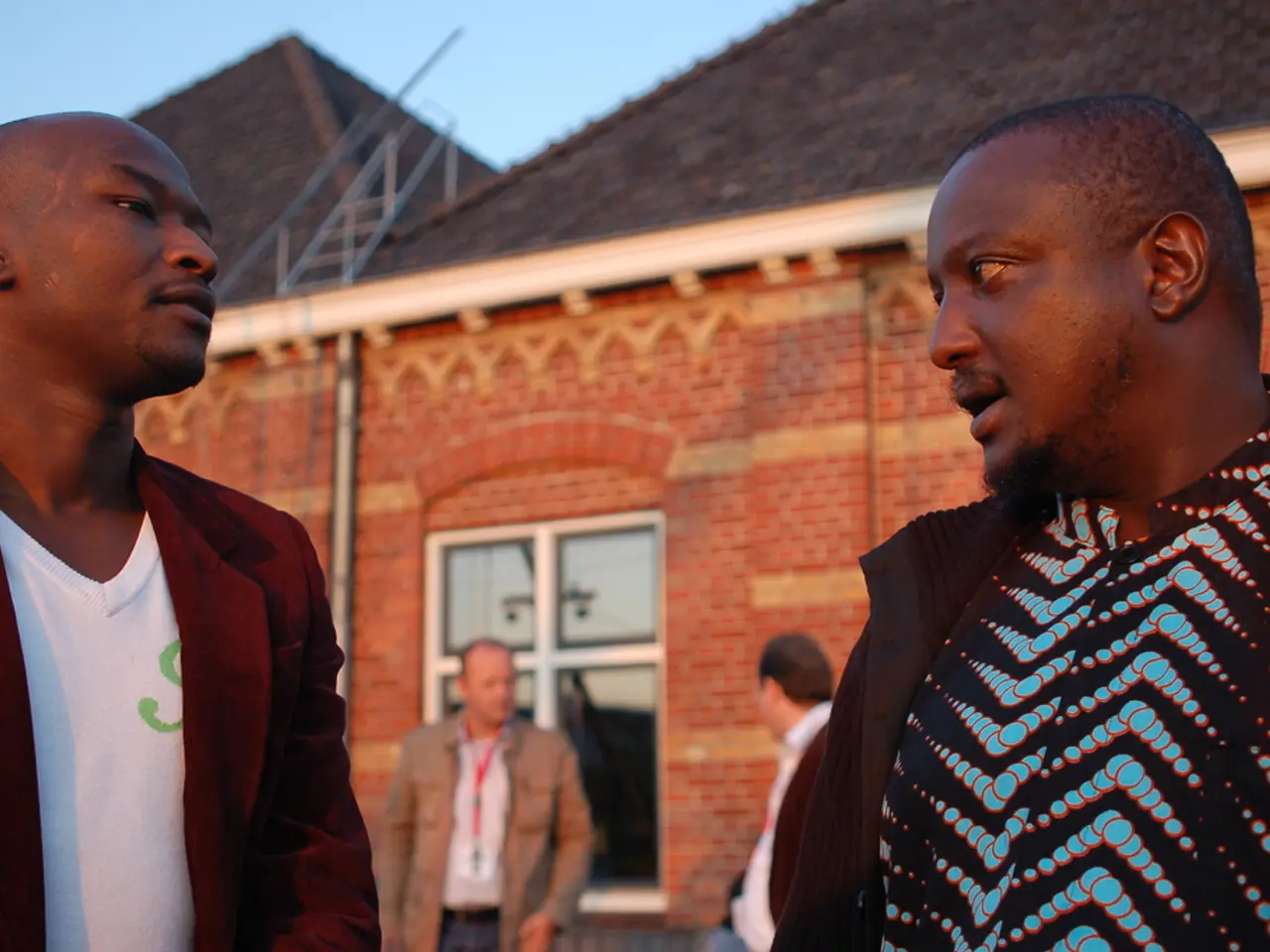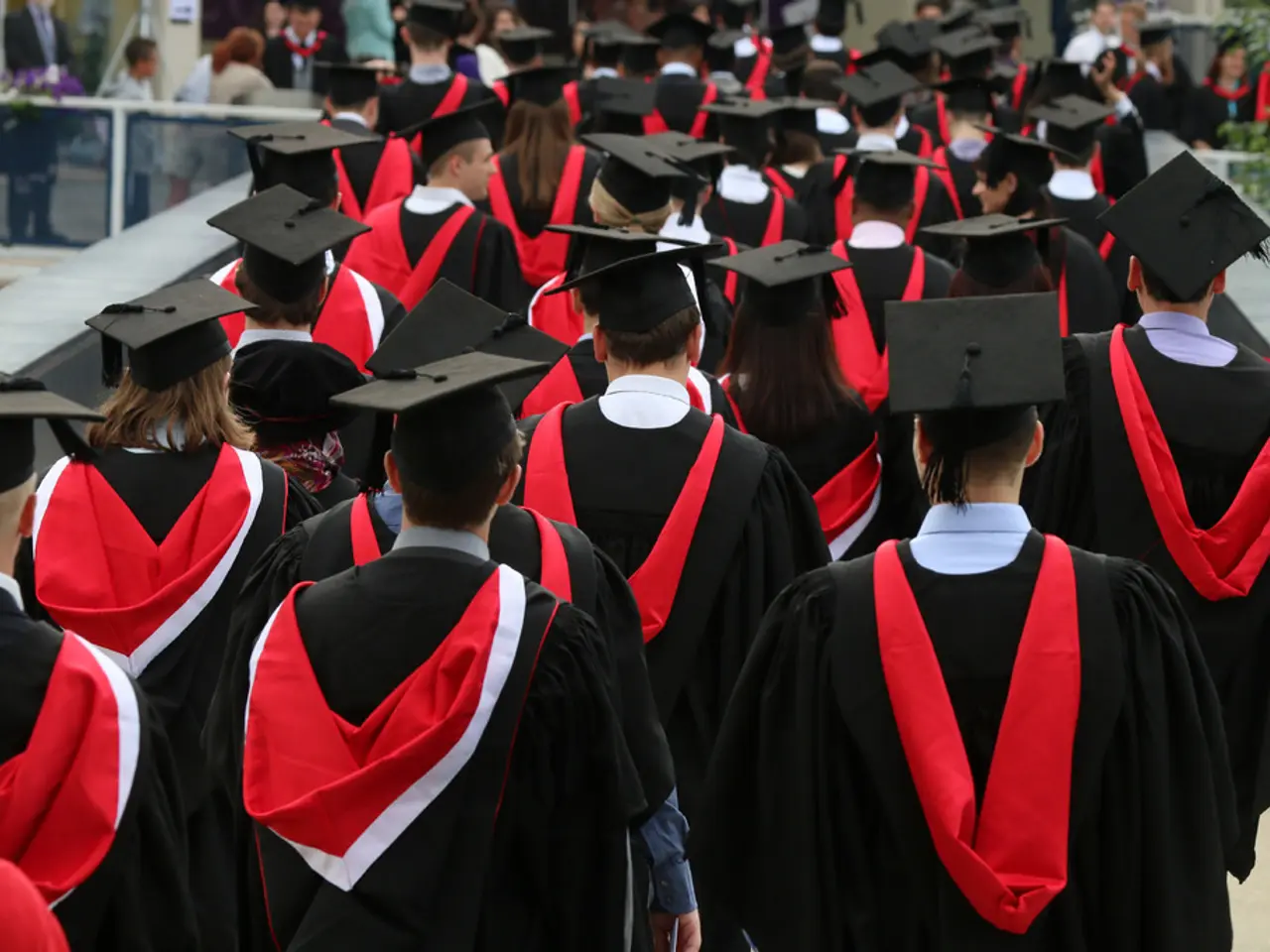"Government advised to prioritize educational matters"
In recent times, the allocation of funds to Kenya's education sector has been a subject of concern, with underfunding amid growing demands leading to deficits in public universities, teacher shortages, and inadequate funding per student.
Despite education receiving the largest share of the national budget—Ksh702.7 billion (28%) in the 2025/26 budget, up from Ksh567.8 billion (17.9%) in 2020—this increase is still insufficient to meet rising demands. Public universities face a severe financial crisis with debts of Ksh72.2 billion and underfunded student loans, while there is a significant deficit of 98,000 teachers, especially in science subjects.
School funding per student remains below policy targets. For instance, the government is expected to allocate Ksh22,000 per student annually for public secondary schools but only manages about Ksh17,000 per learner, causing shortfalls in capitation payments.
To address these gaps, the Treasury has suggested repurposing part of the National Government Constituencies Development Fund (NG-CDF) bursary allocation (about Ksh21 billion) to supplement funding for schools. The Ministry of Education has also proposed shifting from fully government-funded education towards a cost-sharing model to sustain the sector.
Dr Tom Kuja, an educationist and researcher, has criticized alleged corruption within the education ministry, such as the disbursement of funds to ghost schools. He has called for the President to appoint the right people in the education docket.
Akelo Misori, the Secretary General of the Kenya Union of Post-Primary Education Teachers (KUPPET), has urged for stronger monitoring systems and accountability for education funds. He has stated that the government has not been prioritizing education and has warned that a failure to address the funding challenges risks placing the education sector in the hands of the private sector.
In a bid to beat the biting cash crunch, some school heads have adopted unconventional ways, including early school closing, contrary to government term dates. President Ruto and the government, however, have reaffirmed their commitments to free, quality education, increasing funding to universities and recruiting over 70,000 teachers in the past two years, with plans to hire more.
In summary, the concerns revolve around insufficient actual funding relative to expanding educational needs, leading to financial crises in public universities and teacher shortages. The proposed solutions entail a combination of restructuring funding models towards cost-sharing, reallocating existing funds, and continued government efforts to increase hiring and support for education institutions.
- The ongoing financial crisis in Kenya's public universities, characterized by massive debts and underfunded student loans, can be traced back to inadequate policy-and-legislation that fails to meet the rising demands in the education-and-self-development sector.
- Despite education being allocated the largest share of the national budget, learning generally still faces significant deficits, with school funding per student remaining below policy targets, as seen in the shortfalls in capitation payments.
- In the face of these challenges, policymakers are exploring solutions, advocating for restructuring funding models (such as cost-sharing), reallocating existing funds, and increased efforts towards recruiting more teachers. However, concerns over politics, and specifically alleged corruption within the education ministry, have been raised by critics like Dr Tom Kuja.




